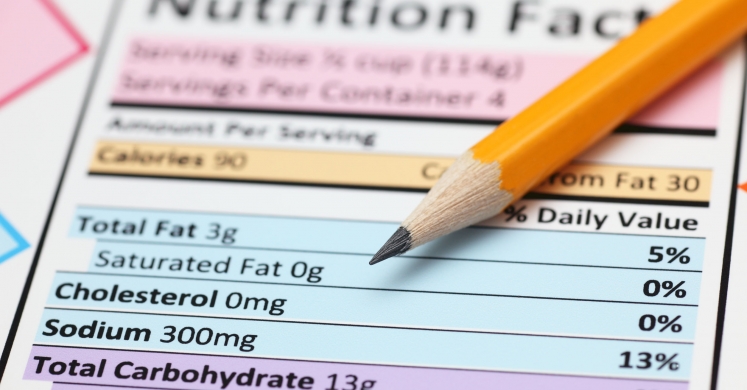Blog

Policy Update: Changes to Nutrition Facts Labels
To increase awareness of children’s health and wellness initiatives, Phipps' Let’s Move Pittsburgh project provides Policy Update, a column on local, state and national health policies that impact you.
In the next few years, you might notice something a little different when reviewing the Nutrition Facts labels on your favorite packaged foods. In May of 2016, the Food and Drug Association (FDA) published new rules concerning the layout and content of Nutrition Facts labels. These label changes are in response to recent scientific data, which connects dietary intake to chronic diseases including cardiovascular disease and obesity. The new labels are meant to make it easier for consumers to make healthier dietary choices.1
While much of the label will remain the same, the serving size and calorie information will be in a larger and bolder font, a new line for “added sugars” will be added beneath the total sugar content, and both the serving size and daily nutrient value percentages (DV) will be updated to reflect the most up-to-date information.
As stated by the FDA, the serving sizes of packaged food products must now be “based on [the] amounts of foods and beverages that people are actually eating, not what they should be eating.”1 For example, the serving size for a pint of ice cream use to be a ½ cup, but will now be updated to 1 cup. The new label changes will better reflect the reality of the quantities and types of food that are actually being consumed in the present day.
Package size will also be considered when establishing a product’s new serving size. As stated by the FDA, “Package size affects what people eat. So for packages that are between one and two servings, such as a 20 ounce soda or a 15-ounce can of soup, the calories and other nutrients will be required to be labeled as 1 serving because people typically consume it in one sitting.” Also, “For certain products that are larger than a single serving but that could be consumed in one sitting or multiple sittings, manufacturers will have to provide “dual column” labels to indicate the amount of calories and nutrients on both a “per serving” and “per package”/“per unit” basis.”
In addition to these serving size changes, Vitamin D and Potassium percentages will be added, and Vitamin A and Vitamin C percentages will be taken away. Iron and Calcium will remain. The “Calories from Fat” amount will also not be included in the new label, a result of new research that found that “the type of fat is more important than the amount.”1
Finally, there will be a footnote added to explain the meaning of a % Daily Value. See below for a side by side example of the old and new Nutrition Facts labels.
.jpg)
The compliance date for manufacturer’s to update their nutrition facts labels is July 26th, 2018.1
Source
1. Center for Food Safety and Applied Nutrition. "Labeling & Nutrition - Changes to the Nutrition Facts Label." U S Food and Drug Administration Home Page. Center for Food Safety and Applied Nutrition, n.d. Web. 14 Mar. 2017.

